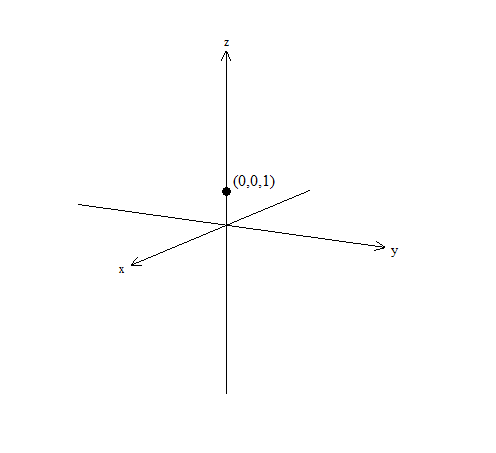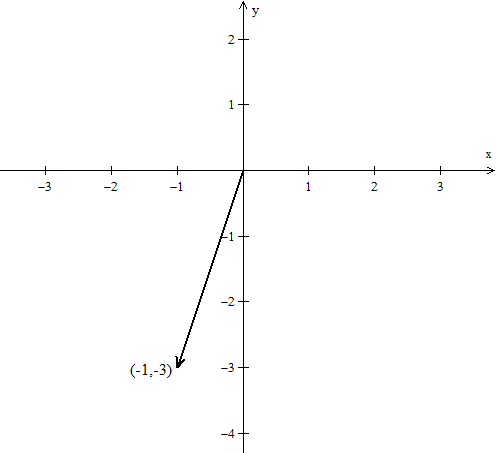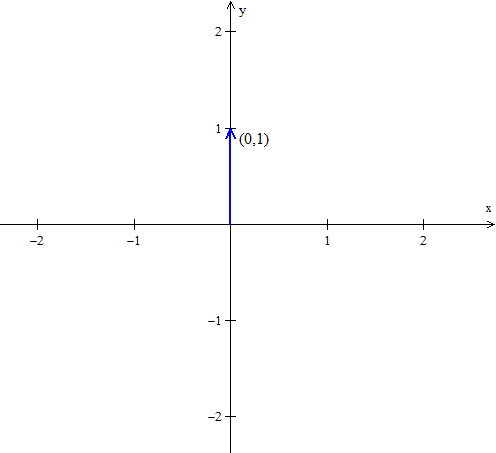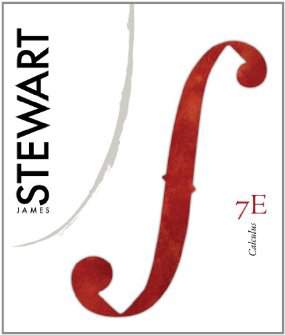Connecting...

This is a quick preview of the lesson. For full access, please Log In or Sign up.
For more information, please see full course syllabus of Multivariable Calculus
For more information, please see full course syllabus of Multivariable Calculus
Multivariable Calculus Points & Vectors
Lecture Description
Multivariable calculus is an extraordinary branch of mathematics. What we are going to do in this course is, we are going to take the power of calculus, and we are going to move from one dimension. We are just going to move up, to two dimensions, to three dimensions, and as it turns out, any number of dimensions. We are going to start off with just some normal basics. We are going to talk about points and vectors just to get ourselves going. We are going to be doing most of our work in two and three dimensions, because we want to visualize things.
Bookmark & Share
Embed
Share this knowledge with your friends!
Copy & Paste this embed code into your website’s HTML
Please ensure that your website editor is in text mode when you paste the code.(In Wordpress, the mode button is on the top right corner.)
×
- - Allow users to view the embedded video in full-size.
Next Lecture
Previous Lecture










































 Answer Engine
Answer Engine








1 answer
Mon Feb 1, 2016 5:19 AM
Post by Gowrish Vaka on January 31, 2016
Dr. Hovasapian,
I was wondering if it is reasonable to learn multivariable Calculus as a high school senior. I have taken AP Calculus BC and earned a 5 on both portions: AB and BC. Is it wise for me to head to multivariable Calculus, or would it be better for me to learn College Calc I and Calc II before?
Thank You
1 answer
Mon Dec 21, 2015 7:34 PM
Post by Mitchell Mayberry on December 21, 2015
Dr. Hovasapian,
I was just wondering how closely these lectures follow a normal college Calculus 3 agenda? Any information would be greatly appreciated.
0 answers
Post by Professor Hovasapian on September 10, 2013
Hi Yaqub,
I hope you're well.
Complex numbers, when represented in the 2-dimensional plane ARE vectors, because there are 2 components -- the x and the y. So a Complex number IS a 2-vector.
If the question is " can there be vectors with complex entries?", then also YES, absolutely. For example:
[2+3i, 5-i, 4-7i]
This is a 1X3 vector whose entries are complex.
If I take the complex number 3+4i, it IS a vector [3,4]
I hope that helps. Please let me know if I have misunderstood your question.
Best wishes.
Raffi
0 answers
Post by yaqub ali on September 10, 2013
can vectors exist in complex planes?
1 answer
Sun May 12, 2013 5:30 AM
Post by Lauran Bahr on May 10, 2013
Praise the lord you have made me see how I can actually learn again like I did in high school. Can we all keep our shirts on please? And yes I think you are good at teaching as well.
1 answer
Mon Jan 28, 2013 2:39 AM
Post by Josh Winfield on January 27, 2013
I am responding very well to your teaching approach. Thank you
0 answers
Post by Senghuot Lim on July 9, 2012
this guys is really good at teaching :)
5 answers
Fri Jul 27, 2012 6:34 PM
Post by Jonathan Bello on July 3, 2012
I wish this course was available last semester (spring '12) I would of passed this course. Now I will have to wait until next spring.